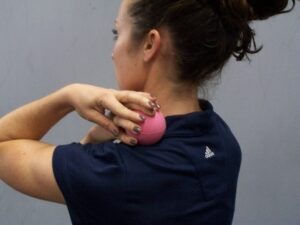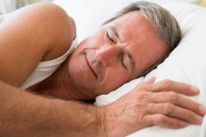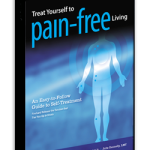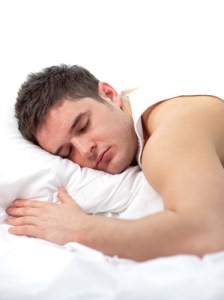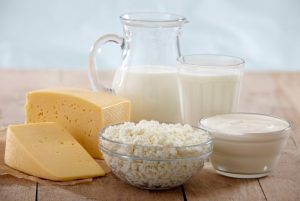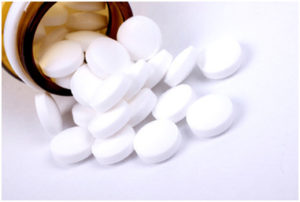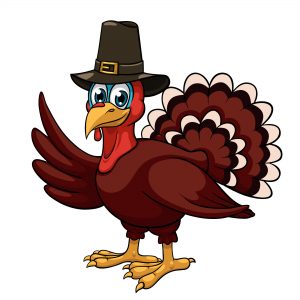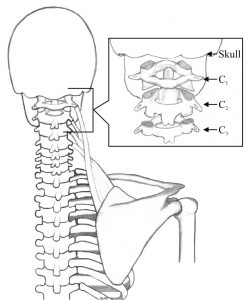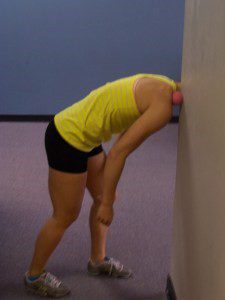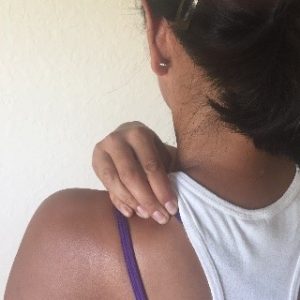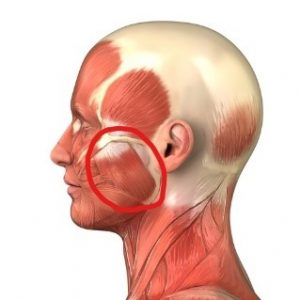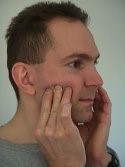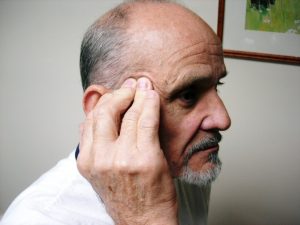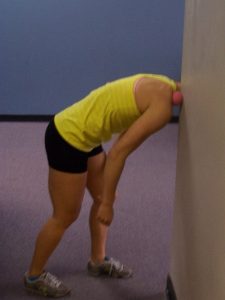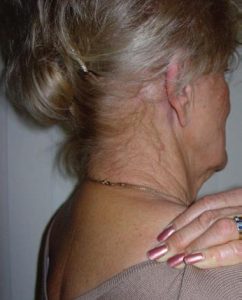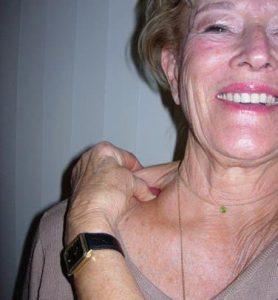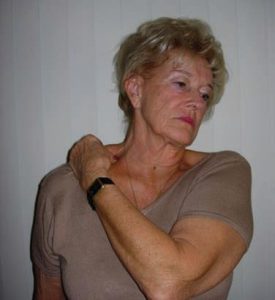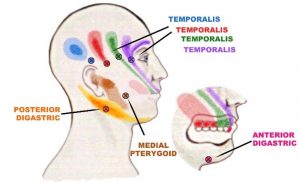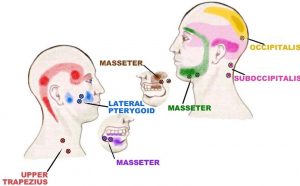Which Muscles Cause Tension Headaches?
Author: Julie Donnelly, LMT – The Pain Relief Expert
Editor: Dr. Steve Chaney
 The snowbirds are long gone! The plus is that it’s easier to get into restaurants, and the roads aren’t as crowded. Of course, the minus is the weather. August is the hottest month of the year.
The snowbirds are long gone! The plus is that it’s easier to get into restaurants, and the roads aren’t as crowded. Of course, the minus is the weather. August is the hottest month of the year.
August is definitely a s-l-o-w month in Florida. The temperature is in the mid-upper 90’s, which isn’t really too bad for a Floridian, but the humidity feels like it’s 120°!
You walk out of your cool house, and it hits you like a wet washcloth, immediately making you sweat from your hair to your toes.
So, it’s time to just relax, enjoy the beach and read a good book. And thank heaven for air-conditioning!
Topic Of The Month – Tension Headaches
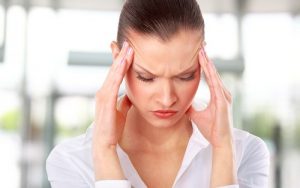 Lately a lot of people have been coming to my office complaining of headaches that have plagued them for a long time…in one case for years!
Lately a lot of people have been coming to my office complaining of headaches that have plagued them for a long time…in one case for years!
This woman has been everywhere and had every test that the medical world could offer. Nothing showed why she had these terrible headaches. At one point she told me the pain was a 10 on a scale of 1-10. Imagine how terrible it was for her to suffer every day from such a crippling condition. My heart went out to her!
Fortunately, her problem was caused by muscles, the one thing that most of the medical world doesn’t consider when looking for a solution to pain.
In fact, if you watched my TED talk: The Pain Question No One is Asking, you may have already heard me talk about this missing link. (If you haven’t heard my TED talk, go to YouTube and enter: Julie Donnelly, Pain and I’ll pop up.)
Let’s talk about muscles and why they will cause headaches (and a whole lot more!).
Which Muscles Cause Tension Headaches?
While there are many causes for headaches, such as stress, anxiety, depression, head injury, or anxiety, and life-threatening causes we won’t go into here, one type of headache that is caused by muscular tension is known as a muscle contraction tension headache.
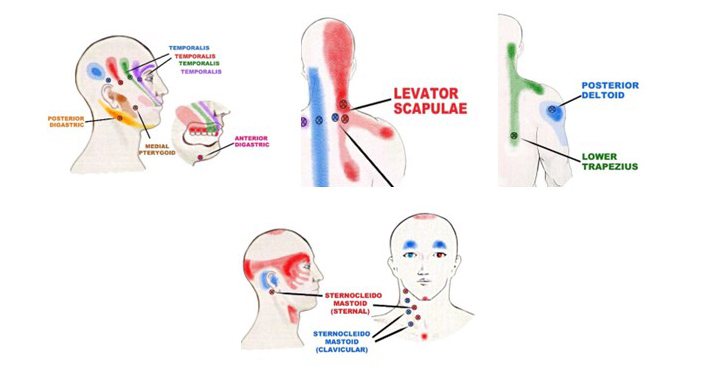 As shown in the graphics above, muscle spasms (colored circles) will refer pain to your head, even when you don’t feel any discomfort where the spasm is actually occurring (as seen in the graphic on the bottom, the Sternocleidomastoid muscle).
As shown in the graphics above, muscle spasms (colored circles) will refer pain to your head, even when you don’t feel any discomfort where the spasm is actually occurring (as seen in the graphic on the bottom, the Sternocleidomastoid muscle).
(Please don’t get confused with the Posterior Deltoid showing in the right graphic, or the jaw muscles on the left graphic…I just didn’t know how to delete them from the graphic)
Muscles in the neck and scalp can become tense or contract in response to stress, depression, or anxiety, leading to tension headaches. Fortunately, in many cases, simply pressing on the trigger points (the colored circles) will release the tension being felt in your head.
To prevent tension headaches, it is important to maintain good posture, practice relaxation techniques, and use a pillow that keeps your head, neck, and spine in a horizontal plane while you sleep.
Treating Tension Headaches Naturally
There are too many treatments for headaches to include all of them in this newsletter. If you want to know them, I suggest you get one of my books, especially Pain-Free Living or The Pain-Free Athlete.
Meanwhile, I want to share an important Julstro self-treatment that you may find works well for tension headaches:
Place a ball such as the Perfect Ball (shown in picture) or a tennis ball, on the top of your shoulder.
Lean into the corner of a wall, as shown. 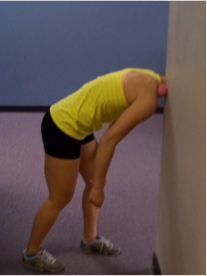
Keep your head close to the wall to prevent the ball from slipping and landing on the floor.
Bend at your hips so your upper body goes up and down, causing the ball to roll along the top of your shoulder. This will treat both the levator scapulae and trapezius muscles – both are key muscles for tension headaches.
Be gentle with this treatment as it will cause pain to be felt in your head as you are doing the treatment. Only use enough pressure that it “hurts so good.”
Do 5-6 passes on each side. It can be repeated often during the day but give a little time between each session to allow the muscle to relax.
Drink a LOT of water so the acid that you’re pressing out of the muscle will get flushed out of your body.
This may look a bit confusing, but it’s simple when you follow the directions. And the best part is, IT WORKS!
How to Learn the Other Treatments for Headaches
If you go to www.FlexibleAthlete.com you can read a lot more about muscles and pain. You will also find my books and other self-treatment tools by pressing on Shop.
Have a Happy Summer! Please remember to drink a lot of water to keep yourself hydrated. 😊
Wishing you well,
Julie Donnelly
www.FlexibleAthlete.com
These statements have not been evaluated by the Food and Drug Administration. This information is not intended to diagnose, treat, cure, or prevent any disease.

